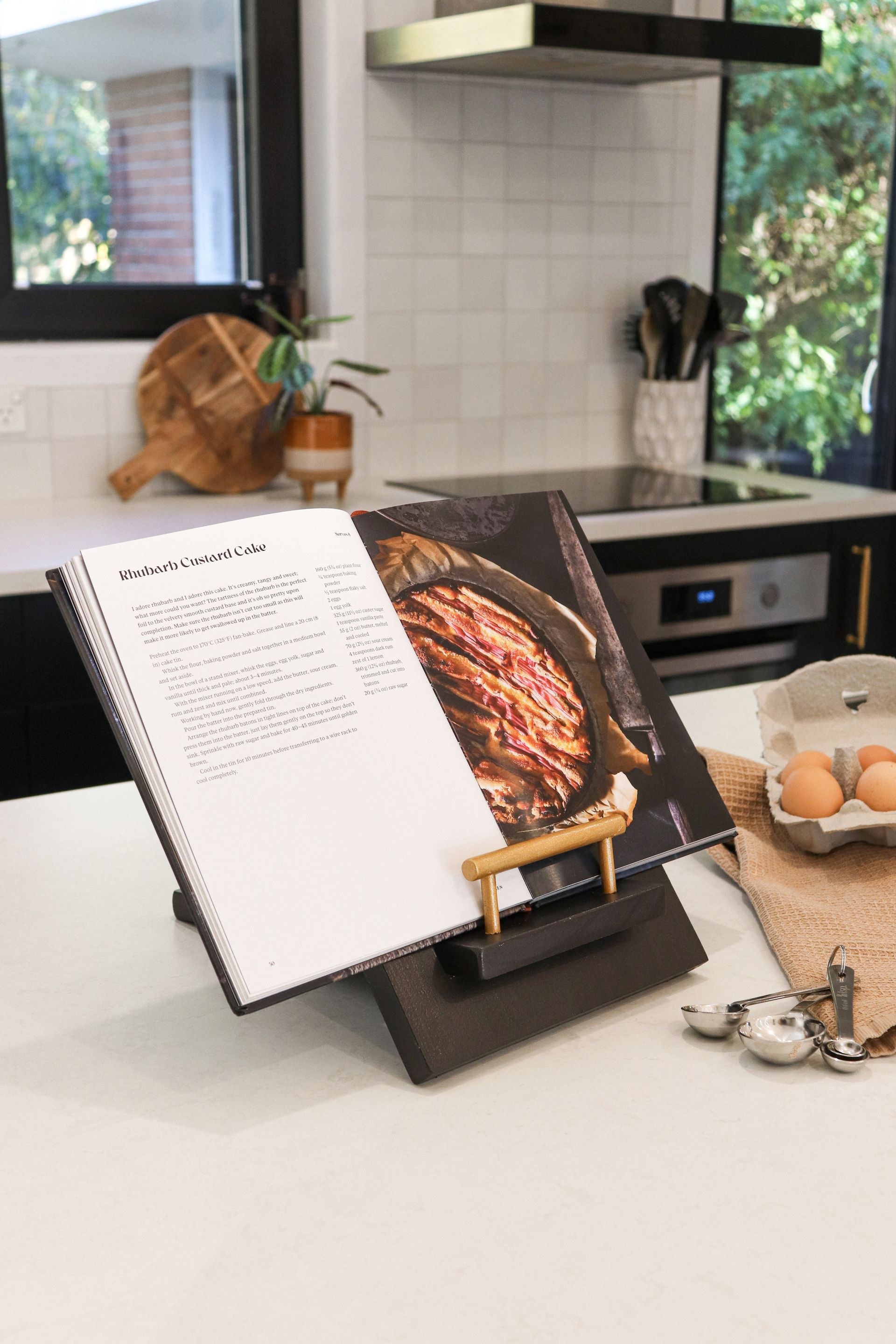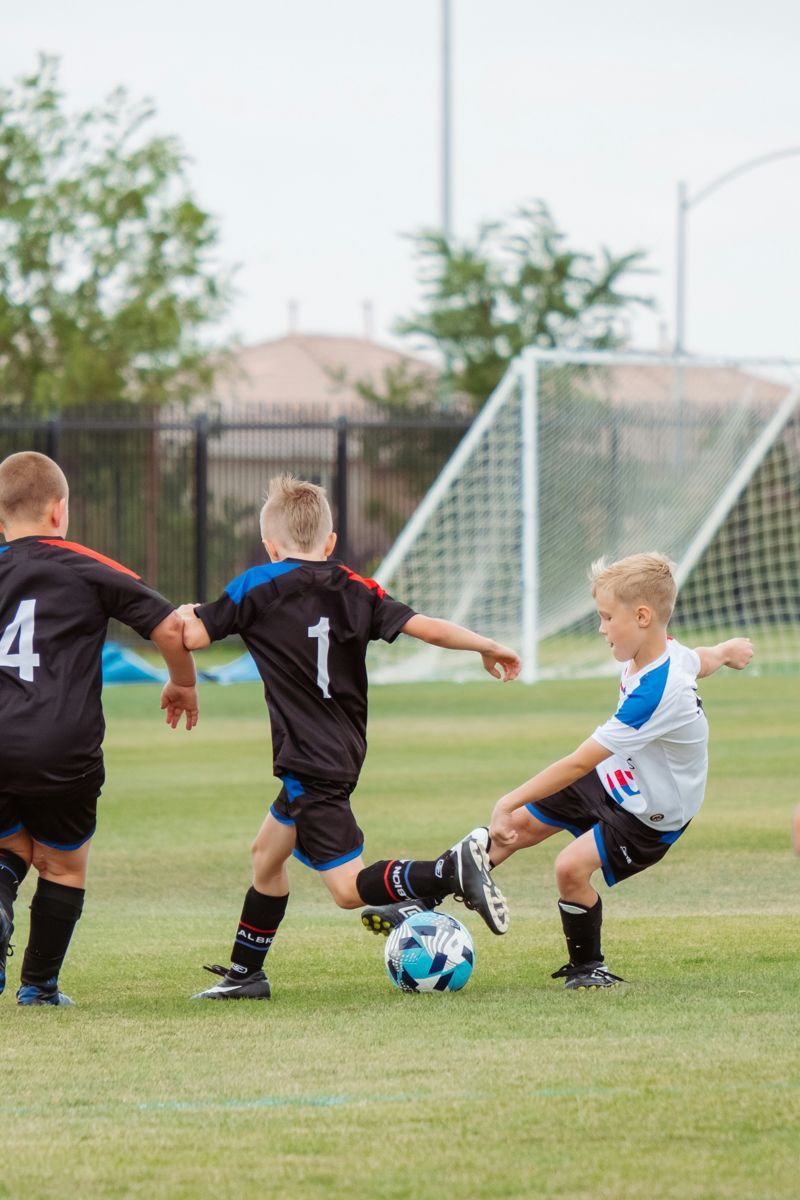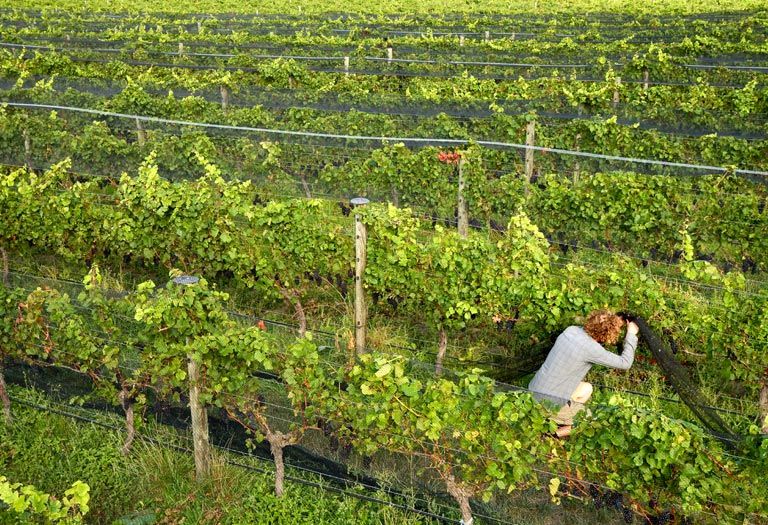Subtle, young and sweet; an apt description of the 27seconds wine label and the spirit behind it. Since 2017, Alanna and Pete Chapman have been cultivating a quality range of wine for the Canterbury community, with 100 per cent of the profits from their toils going to a global cause.
Many of us could probably be honest in admitting that there is barely a situation that stirs greater indecisiveness than standing in the supermarket wine aisle and being confronted by a multitude of vineyard, grape and vintage listings and – apart from colour, price, and the prettiest label – picking the ‘right’ wine bottle for the occasion.
However, if you cast your eyes to any bottle labelled ‘27seconds’, you will have found an option that is sublime in taste, excellent value for money, and – most notably – a socially ethical product. This is because 100 per cent of their profits are donated to the rehabilitation of rescued sufferers of modern-day slavery. In fact, the entire brand began for this very purpose, the title itself an acknowledgement of one of the most alarming contemporary facts: throughout the world every 27 seconds a child is unwillingly sold into slavery – 1.2 million children every year.
So, how does a young Cantabrian couple become so concerned about a disturbing global issue to the point of beginning a charitable company, in the form of a wine label?
Just like many endeavours of passion over profit, Pete and Alanna Chapman’s journey has a healthy combination of a deep story and impromptu, epiphanic decision making. Alanna, whose compassion and empathy is evident from the moment I meet her, lived in Bangladesh for 10 years and attended boarding school in India during this period. Despite her salubrious upbringing, she became a witness to the real-time effects of poverty known to plague that region of the world.
These memories must have left an everlasting impression on her, as upon her return to Christchurch she fittingly began working with Hagar International – an organisation devoted to the rehabilitation of slavery victims, providing education, vocational training, trauma care and mental health support.
Pete is the youngest son of winery owners Bruce and Jill Chapman. After studying viticulture at Lincoln University, Pete was employed by his parents in the position of vineyard manager for Terrace Edge. The vineyard has a variation in soil that requires a nuanced understanding of which grapes will grow best in certain areas.
The winery’s name itself is inspired from its vast, river-bordered terrace-like property, as well as a unique 45-degree edge, known colloquially as the ‘roasted slope’, that houses the vineyard’s Syrah vines. It acts as a somewhat ‘natural solar panel’, as Pete puts it, due to the fact that the slope’s temperature on any given day is three to four degrees hotter than the rest of the property. The slope itself is perilous to mechanical equipment, so all management of the site needs to be conducted by hand. The process is worth it, however, as the heat captured by the vines is conducive to quality production of Syrah grapes.
To top it off, Terrace Edge produces organic wines, which requires no end of nous in order to ensure that the vineyard maintains its compliance with organic policy. To ensure the removal of pesticides, for example, wildflowers are planted amongst the vines to attract ‘good bugs’ to offset the presence of their crop-destroying counterparts. Such dedication to organic practice, which Pete says is necessary in ensuring the sustainability of the industry, appropriately lionised the winery in 2018, as it was bestowed Riedel Vineyard of the Year in the NZ Organic Wine Awards.
So, with Alanna being a witness and advocate for the need of social justice, and Pete being no stranger to a challenge, the stage seemed set for a wonderful and committed act of charity. The two just had to get together first.
Having attended the same church and youth group for some time, Pete and Alanna’s stories finally collided over a one-sided game of table tennis (Alanna assures me that it was a thrashing; Pete seems to remember a more evenly matched event, so I shall allow you to guess who won).
After a lengthy courting period (which Pete cheekily suggests was due to Alanna playing ‘hard to get’, all the while giving kudos to his own romantic persistence) the young couple visited some friends working in social enterprise in Kolkata, India. As the work involved offering alternate employment options to women in Sonagachi, Asia’s largest red-light district, Pete and Alanna found themselves witnessing tragedy in an environment that is now being recognised as a modern harbour of slavery.
It is understood, thanks to the journalistic work of Nicholas Kristof and Sheryl WuDunn, that the majority of women employed in the area are likely victims of human trafficking. The women are often kidnapped as young girls from villages within India and neighbouring countries, particularly Nepal, then smuggled into Kolkata, and forced into a life of prostitution. Alanna explains; ‘We saw five or six girls that looked distinctly different from [the women around them], which forced me to ask my friend, “Where are they from?” to which he replied, “These girls have been trafficked from Nepal and sold into prostitution.” It was then that we realised these girls were trapped in a strange city, they didn’t know the local language, and were actually owned for a terrible purpose that they had no choice in, and this really hit home for us.’
A few years after this indelible experience, Pete and Alanna decided that the time was right to contribute to the amelioration of the industrialised abomination that is human slavery. Modern slavery afflicts a population that is eight times greater than New Zealand’s, generates an estimated $150 billion in revenue, and forms supply chain components of the mobile phone in your pocket, the shirt on your back and the sugar in your pantry. ‘We had this idea of a one-wine fundraiser, using our 2017 Riesling,’ says Pete. ‘I came home and told Alanna that the crop was looking good, and proposed the idea of making a wine to raise funds for Hagar International,’ he continues. But the idea of one wine quickly became two, so those with a predilection for red had an option also. Then a Sauvignon Blanc was added to the line-up, due to its popularity in New Zealand, then a Rosé… ‘It just became our passion, and so it wasn’t long until I proposed doing this long-term.’
‘It wasn’t until we had finished the bottling process that we realised we might have bitten off more than we could chew,’ Alanna adds, with a chuckle.
When the first 27seconds harvest and wine production was completed, Pete and Alanna had 9,000 bottles in stock. ‘We started counting how many friends we had, thinking that we were surely going to be stuck with these bottles forever, but we sold out!’
The couple are now entering into their third season with the charitable 27seconds brand, and each year, although containing its concomitant challenges, has been a resounding success. This can be attributed in equal part to the couple’s indomitable efforts, and the invaluable support of the industry and market.
‘That first harvest was the product of a generous wine industry, as we had very little capital [to complete the mission] ourselves,’ says Pete. ‘When we announced the project, we received an overwhelming amount of support from others for the 27seconds label, which included free machine harvesting and significantly discounted wine making, bottles and branding from associates, friends and family who have captured the vision.’
This support has been replicated each season. 27seconds’ picking and harvesting days, for example, are completed on a specific weekend by a group of volunteers, with lunch being put on by the winery. Terrace Edge supplies 95 per cent of the grapes at a discounted rate, and the cause has also benefited from energetic customers who have persistently requested that their local supermarkets supply the wines, which – according to Alanna – has resulted in the adoption of the range in all but three Christchurch New World supermarkets.
Pete and Alanna are under no illusion, however, that a benevolent mission can replace the need for attention to detail in production and dedication to quality in taste. ‘At the end of the day, our wine has a reputation for quality, and we understand that customers will only keep supporting the brand – and therefore, the cause – if that reputation for quality is maintained,’ says Pete.
‘No one gets to choose the circumstances that they’re born into,’ concludes Alanna. ‘And many around the world are being born into a misfortune. Through this wine, we are trying to make a contribution to solving this issue, and our customers are very much part of that.’
Words & Images Isaac McCarthy
Recent stories








